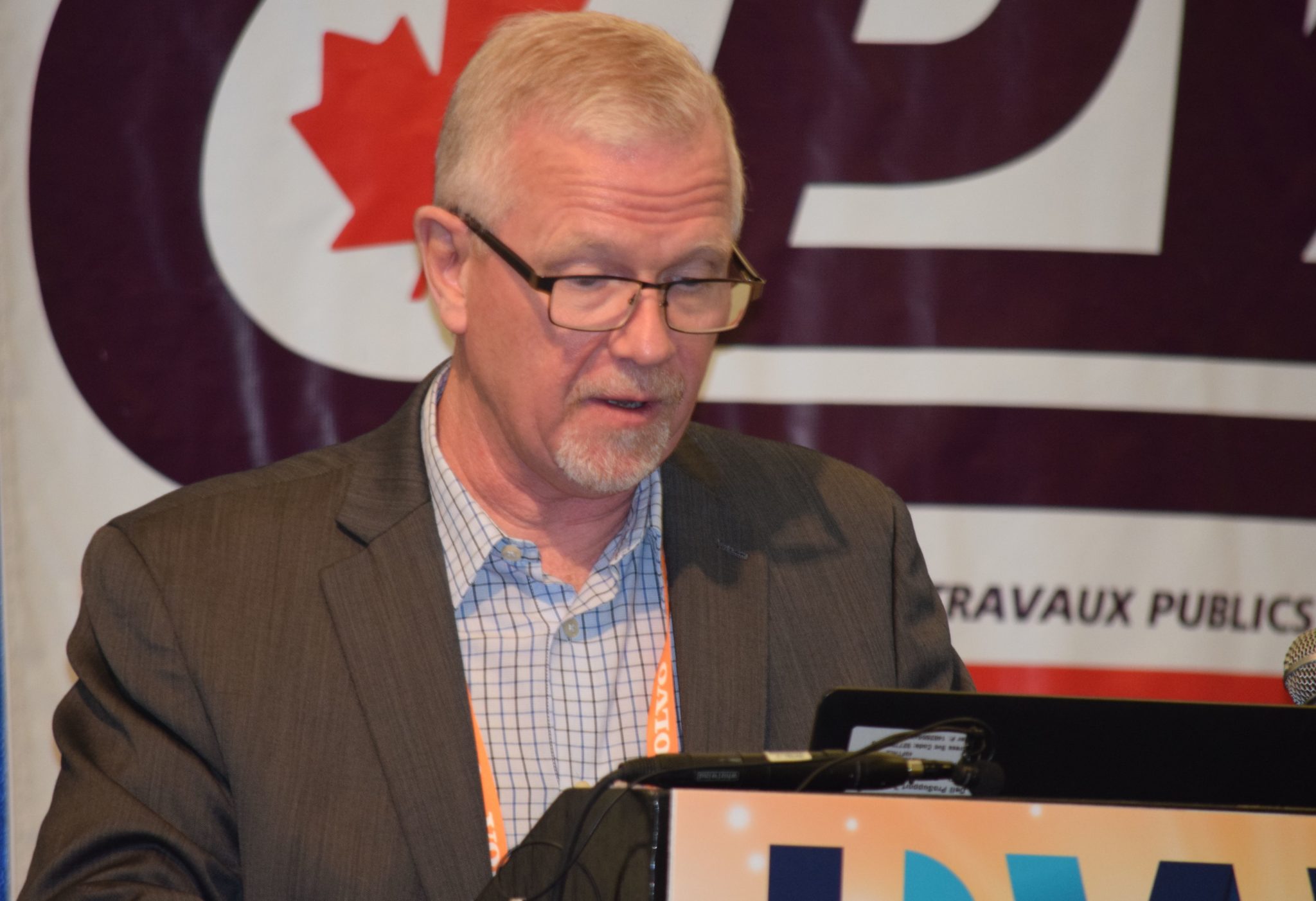The future of Canada’s public works industry has some difficult challenges ahead, but by recognizing those challenges now and integrating them into long-term planning, the challenges can be minimized when the time comes.
That was the overall sentiment presented by the keynote speaker at this year’s Canadian Public Works Association (CPWA) Luncheon, part of the festivities at the 2018 American Public Works Association’s (APWA) Public Works Expo in Kansas City, Missouri.
In the address from Doug McMahon, the former Assistant Deputy Minister of Infrastructure in Manitoba, he noted two significant influences impacting the development and rehabilitation of municipal assets, technology and climate change. Technology is constantly affecting the way the work gets done, from surveying work using drones and the use of GIS systems to the use of advanced materials and 3D printing. Many of these technologies have just been introduced as tools for the municipal workforce, and their capabilities are rapidly changing. That creates a significant challenge for workers just starting to learn the technology and how it can be best utilized in a municipal infrastructure environment.
The projections for climate change will create real challenges for the public works sector in Canada, as changing temperatures and weather cycles wreak havoc on precipitation models and freeze-thaw cycles. According to the projections McMahon cited, current projections show up to a four-to-six degree temperature increase in some parts of Canada during the winter, and well as a two-to-three degree increase in some parts in the summer months, thirty years from now.
Communities that may have experienced significant winter snowfalls previous may now have to contend with rainfall, changing the way infrastructure is maintenance, and the budgetary needs for that maintenance. But it could also have a serious impact on water supply and demand, causing municipalities to rethink strategies for water use and retention throughout the calendar year.
McMahon did propose a solution for being future ready: it takes resilient infrastructure, a resilient workforce, and a resilient organization. Resilient infrastructure involves assessing asset risks and making the appropriate investments to ensure that assets are future ready. A resilient workforce takes investment, investing in people to ensure future success by ensuring they have the capabilities to adapt to changing climates and technologies. And a resilient organization means being flexible, working to continuously improve, and looking to the future to plan for the change ahead.
By considering those three levels of resilience, public works teams will be in the best position to address the changes that lie ahead.











